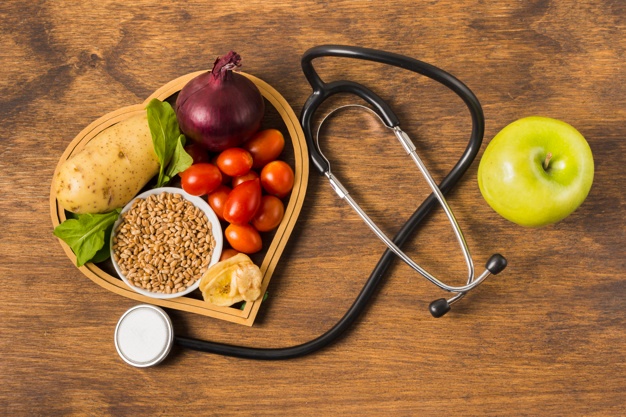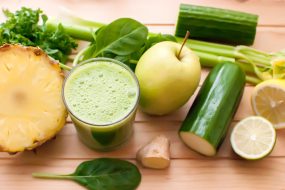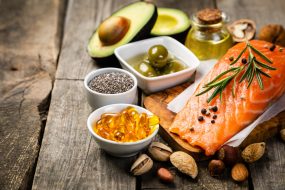
You may know microgreens as the delicate, colorful garnish on your overpriced and undersized meal at an upscale restaurant. Yes, they’re visually appealing but aren’t they pointless decorations?
“© GreenMedInfo LLC. The work below is reproduced and distributed with the permission of GreenMedInfo LLC. Want to learn more from GreenMedInfo? Sign up for the newsletter here www.greenmedinfo.com/greenmed/newsletter.”
The original article link:
https://www.greenmedinfo.com/blog/microgreens-more-nutrition-packed-baby-lettuce
Some aficionados have claimed superfood status for these tiny edible greens produced from vegetables, herbs, or other plants. New science says microgreens aren’t just cuter lettuces – they may be more nutritious.
Researchers from the University of Maryland and the USDA conducted the first analysis of the nutrient levels in microgreens. They concluded that in general, these babies have more vitamins and other nutrients than their fully mature counterparts.
In a study published in the Journal of Agricultural and Food Chemistry scientists analyzed the amount of vitamin C, carotenoids (antioxidants important for vitamin A formation), phylloquinone (vitamin K1), and tocopherols (vitamin E) in 25 different varieties of microgreens.
Of the 25 microgreens tested, red cabbage sported the highest concentrations of vitamin C, while cilantro excelled in carotenoids. Garnet amaranth had the highest levels of vitamin K1 and green daikon radish ranked tops in vitamin E.
What are microgreens?
Microgreens are the stems and leaves of a seedling. They usually range in size from one to three inches long. Their flavor can be surprisingly intense for their small size but is generally not as strong as the full-grown green or vegetable version. Microgreens are generally harvested between seven and 14 days of germination although some take four to six weeks to develop.
The basic varieties of microgreens include arugula, amaranth, beets, basil, cabbage, celery, chard, cilantro, fennel, kale, mustard, parsley, radish, sorrel, and many others.
Are microgreens the same as sprouts?
Although they are often confused, microgreens are not the same as sprouts. In addition to the stem, sprouts also include the seed and root in their edible parts. Instead of leaves, sprouts have just immature leaf buds.
Another important distinction between the two is how they are produced. Sprouts are germinated seeds grown entirely in water under dark conditions while microgreens are planted in soil and exposed to air and light.
The dark, warm, wet conditions required for sprouts make them vulnerable to the rapid growth of dangerous bacteria. That’s why they are a frequent culprit in outbreaks of food poisoning. Microgreens don’t carry the same risks.
Some microgreens are sold still growing in their soil and you can cut them just before serving. You can also grow microgreens in your own kitchen all year long. Check out this video to learn how.
Have you tried microgreens? Do you grow your own microgreens or sprouts? Leave a comment and let me know.
PS: If you’re interested in getting back into your prime shape this year using a different approach and not more of the same conventional stuff that hasn’t really worked for anyone you personally know so far, I want to encourage you to try my method that is based on metabolic studies and digs deep into how our bodies process food, store fat or convert it to energy – not of the amount of will power that you have.
For a limited time I am extending the invitation for my System Minus 45 Natural Weight Loss Program (a system aimed at fine-tuning and resetting your metabolism, as opposed to calorie counting or workouts) — for only $1 for the first month: Learn More about the program and how it works.








